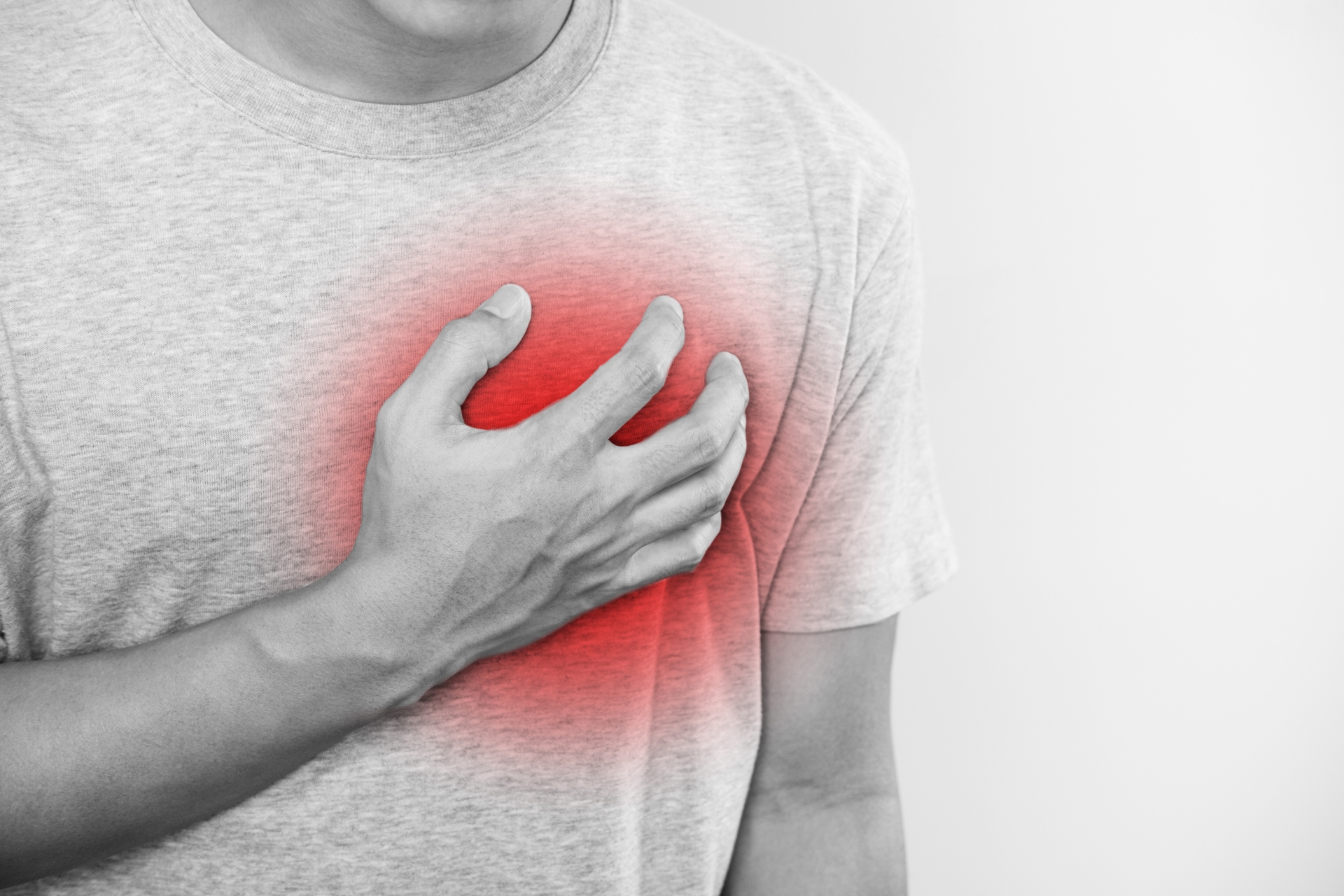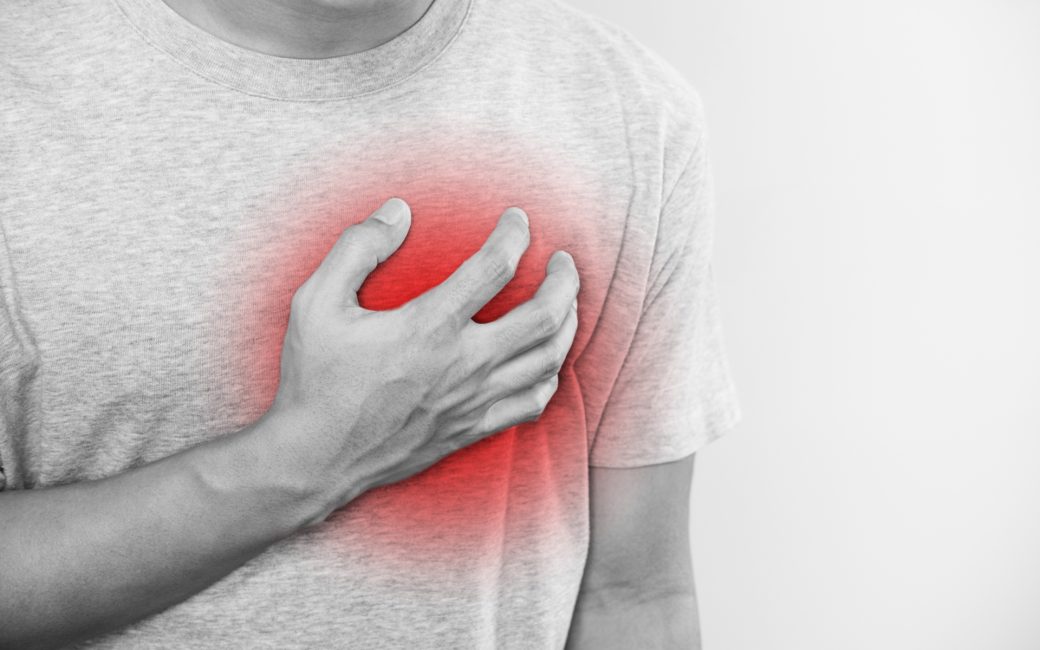Are women more susceptible to heart disease?
There is a common misconception that men have an increased risk of cardiovascular disease (CVD) compared to women. Recent studies have refuted this claim, stating that aging women have an increased incidence and severity of CVD compared to men.
October 6, 2023 | Chris Donato, PT, DPT

There is a common misconception that men have an increased risk of cardiovascular disease (CVD) compared to women. Recent studies have refuted this claim, stating that aging women have an increased incidence and severity of CVD compared to men.
The American Heart Association (AHA) reported in 2019 that males ages 60-79 had a 77.2% incidence of CVD, while females in the same respective age range had 78.2% incidence of CVD. In adults over 80 years of age, AHA reported females also had an increased incidence of CVD (91.8%) compared to males (89.3%). AHA also stated that from 2014-2017, 77.8% of women and 70.8% of men were diagnosed with high blood pressure or hypertension (HTN). The incidence of HTN in adults over 75 years old was 85.6% in females and 80% in men.
In women with diabetes, the risk of heart failure and risk of mortality due to CVD is increased compared to diabetic men. It was reported that incidence of mortality due to diabetic cardiomyopathy is higher in women than men, as diabetes is believed to negatively impact the protective effect of estrogen against CVD in premenopausal women.
The decline in sex hormones is also shown to increase the risk for CVD with onset of increasing age in both genders. While both genders experience a decrease in sex hormones, the decline is more significant in women following the onset of menopause. Estrogen is correlated with a lower overall incidence of CVD in premenopausal women. This further supports the indication that the steep decline in estrogen following menopause leads to an increased risk for CVD in aging women by 2-4x. Menopause also leads to increased incidence of high LDL cholesterol, HTN, diabetes, and obesity, which further elevates the risk for CVD in aging females.
However, men also experience an increased risk for CVD following a decline in the production of sex hormones. For example, studies report an increased risk for CVD in aging adult men associated with hypogonadism. This decrease in testosterone has an independent association with increased risk for acute MI in males with type 2 diabetes, as well as an overall increased incidence of CVD in men. In aging men, low testosterone levels have been linked to a higher risk for stroke. At 40 years old, men with serum testosterone levels below the recommended threshold have a higher risk of mortality due to CVD.
Other risk factors that put women at an increased risk for CVD include the steeper increase in systolic blood pressure in aging women. In adults over 75 years of age, hypertension is 14% more prevalent in females, leading to an increased risk for left ventricular hypertrophy, heart failure, and stroke. Also, women with a history of hypertensive disease during pregnancy also have an increased incidence of CVD later in life.
As mentioned earlier, although the risk of CVD in females is slightly higher than in men, increasing age has been found to have a significant correlation with the increased incidence of CVD in both genders. Therefore, it is essential to promote physical activity and lead a healthy lifestyle in order to minimize the modifiable risk factors and comorbidities associated with cardiovascular disease.
References
- Rodgers JL, Jones J, Bolleddu SI, Vanthenapalli S, Rodgers LE, Shah K, Karia K, Panguluri SK. Cardiovascular Risks Associated with Gender and Aging. Journal of Cardiovascular Development and Disease. 2019; 6(2):19. https://doi.org/10.3390/jcdd6020019
- Maas AH, Appelman YE. Gender differences in coronary heart disease. Neth Heart J. 2010 Dec;18(12):598-602. doi: 10.1007/s12471-010-0841-y. PMID: 21301622; PMCID: PMC3018605.

Chris Donato
Chris Donato, PT, DPT, is a physical therapist based in New Canaan who enjoys working with all populations. He specializes in working with athletes, especially overhead athletes, drawing from his time playing five years of club baseball at Sacred Heart University.
